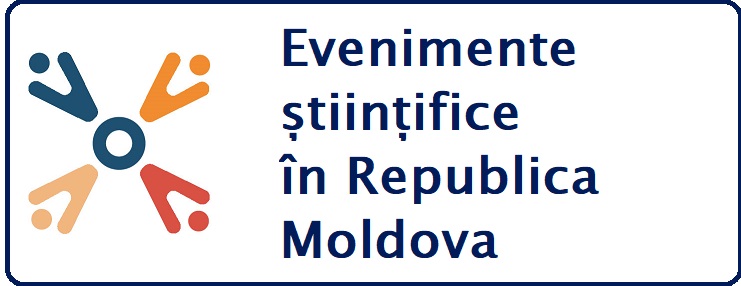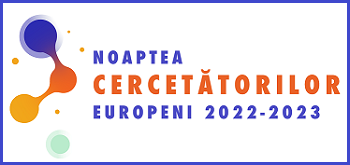| Conţinutul numărului revistei |
| Articolul precedent |
| Articolul urmator |
 |
 213 213 1 1 |
| Ultima descărcare din IBN: 2023-05-21 18:49 |
| Căutarea după subiecte similare conform CZU |
| 615.281.015.8+628.3:504.4.054 (1) |
| Medicamentele potrivit acţiunii lor principale (395) |
| Tehnică sanitară. Apă. Igienă sanitară. Tehnica iluminatului (287) |
| Știința mediului înconjurător (916) |
 SM ISO690:2012 SM ISO690:2012TAPU, Livia, FERDOHLEB, Alina, BUCATA (GURGHIȘ), Elena, ANTON, Ilie. Wastewater risk management and antibiotic resistance phenomenon. In: Revista de Ştiinţe ale Sănătăţii din Moldova, 2022, nr. 3 An.1(29), p. 109. ISSN 2345-1467. |
| EXPORT metadate: Google Scholar Crossref CERIF DataCite Dublin Core |
| Revista de Ştiinţe ale Sănătăţii din Moldova | ||||||
| Numărul 3 An.1(29) / 2022 / ISSN 2345-1467 | ||||||
|
||||||
| CZU: 615.281.015.8+628.3:504.4.054 | ||||||
| Pag. 109-109 | ||||||
|
||||||
| Rezumat | ||||||
Background. One of the challenges in achieving goal N6 of the 2030 Agenda for Sustainable Development “Ensuring the availability and sustainable management of water and sanitation for all” is to reduce twice the amount of untreated wastewater discharged into the environment. Objective of the study is to assess the quantitative and qualitative features of wastewater management in the Republic of Moldova by determining the directions for reducing the untreated water discharge. Materials and methods. A descriptive study was performed. The object of the study was quantitative and qualitative indications of wastewater and data on sewerage networks and treatment plants in terms of antibiotic resistance. Results. The impact of wastewater on population health is determined by environmental pollution with pathogens, heavy metals, petroleum products, detergents, pharmaceuticals, as a result of the lack of centralized wastewater collection systems and treatment plants, the use of inefficient treatment technologies. In the republic, only 8.7% of the localities have access to public sewerage systems (94.5% - urban and 5.5% - rural), which collect on average 70.1 million m3 of wastewater annually, of which 96.9% are treated. The share of non-compliant treated wastewater samples at discharge was 37.5% - microbiological parameters and 78.1% - chemical in 2021. Conclusion. In order to ensure the harmlessness of wastewater on the environment and the population health, an intersectoral involvement is necessary through development of sewerage networks, implementation of cost-effective treatment technologies and strengthening the phenomenon of antibiotic resistance. |
||||||
| Cuvinte-cheie wastewater, water treatment, risk management, antibiotic resistance, ape reziduale, epurarea apei, managementul riscului, antibiotico-rezistență |
||||||
|












